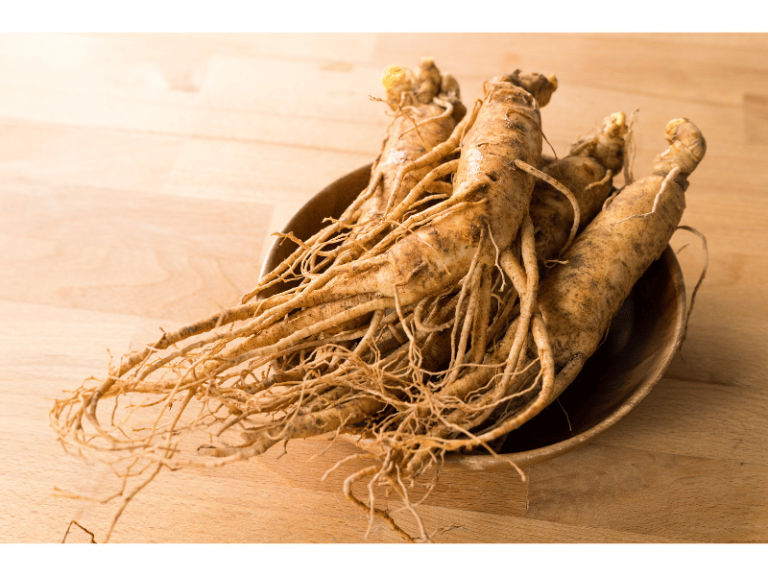The age of woody plants is relatively easy to identify. One method is to observe the rings on the stem; one ring equals one year, two rings equal two years, and generally, this method is accurate. Another way is to count the branching levels of the twigs; the older the plant, the higher the branching levels. Experienced horticulturists use this method to estimate the age of fruit trees.
Additionally, the height of the tree, the size of the tree canopy, the growth vigor of the branches, the number of fruits, and the smoothness of the bark can also help estimate the age of the tree.
However, these methods are completely unsuitable for grasses and flowers.
Herbaceous plants (both grasses and flowers are herbaceous plants) include many that are annuals, meaning they germinate, bloom, set seed, and die within a year. Naturally, for these plants, we do not need to determine their age. Plants like shepherd’s purse and Chinese spinach are annuals; their roots are generally thin and can be easily pulled out by hand.
Some herbaceous plants are biennials; they grow in the first year, bloom and set seed in the second year, and then die. Their age is also easy to identify. They are either one year or two years old; you can tell by whether they have bloomed and set seed. Plants like bok choy and radish are biennials.
How do we determine the age of perennial herbaceous plants? The roots of perennial herbaceous plants are generally thicker and sometimes have tuberous roots, rhizomes, corms, or bulbs. In winter, the above-ground parts wither, while the underground parts remain dormant. When the weather warms up the following year, they sprout and grow again.
As they grow year after year, the underground roots or stems gradually thicken and sometimes branch out. This gives us a basis for identifying their age: we can estimate their age from the size, length, thickness, and the presence or number of branches of the underground stems or roots. Of course, this requires a wealth of experience. Many farmers who frequently dig for medicinal herbs have this experience. When they dig up a medicinal herb and look at its root, they can tell its age. For example, some farmers in Northeast China can often dig up ginseng that is several decades old. The age of ginseng is estimated based on the size and shape of the root.
There are also some flowers, such as chrysanthemums, that are often propagated by division, making it impossible to determine their exact age.

